The jungle of tennis strings is growing so I felt like I should cover some basics on strings that are important to know for choosing the right string.
Before we move into how important choosing the right string for you is, let’s go through the string basics. I also want to add that if you are putting a lot of effort into choosing the right racquet, you should also pay attention to your choice of string. Some people say that the choice of string and tension is 70% of the racquet. I am not sure about putting a percentage on it, but it is at least AS important as the racquet.
There are various string categories to look into.
String types: natural gut, synthetic gut/nylon, multifilament, monofilament, kevlar
Gauges: Thickness of the string. From 1.15 – 1.35 mm
Tension: From 13 kg (26 lbs) to 32 kg (64 lbs)
Shape: Most strings are round but many polys are shaped these days
The most popular type of strings these days are poly (monofilament) strings. They offer better control, spin, and durability than the other categories of strings, but are also firm on the arm. That is why many recreational players that are using poly strings at mid-high to high tensions should consider lowering the tension or going to a multifilament. A stiff poly at a high tension is a recipe for arm issues like tennis elbow and wrist pain.
Things to think about when choosing the right string
There are various things to think about when you’re choosing the right string. Let’s go through them below.
Your level of play – If you are a hard hitter that plays high-level tennis and has no arm issues – go ahead and play with a control-oriented and durable polyester string. If you are a recreational player with medium-length swings who rarely break strings, maybe a multifilament string will work for you? And if you are a player with any kind of arm pain, stay away from poly strings.
Your playing style – If you serve and volley a lot, you likely don’t need a poly string. If you play a lot of clay court tennis where you play with plenty of spin – a control-oriented and spin-friendly poly is your best option.
Your fitness – No health issues and need maximum control? Go poly! Arm pain? Go multifilament or gut!
Your racquet – Are you playing with a powerful racquet with open pattern – a poly is likely your best bet. Are you using a more old-school, heavy, midsize frame? A multifilament or hybrid setup should work for you.
More to come about strings shortly…
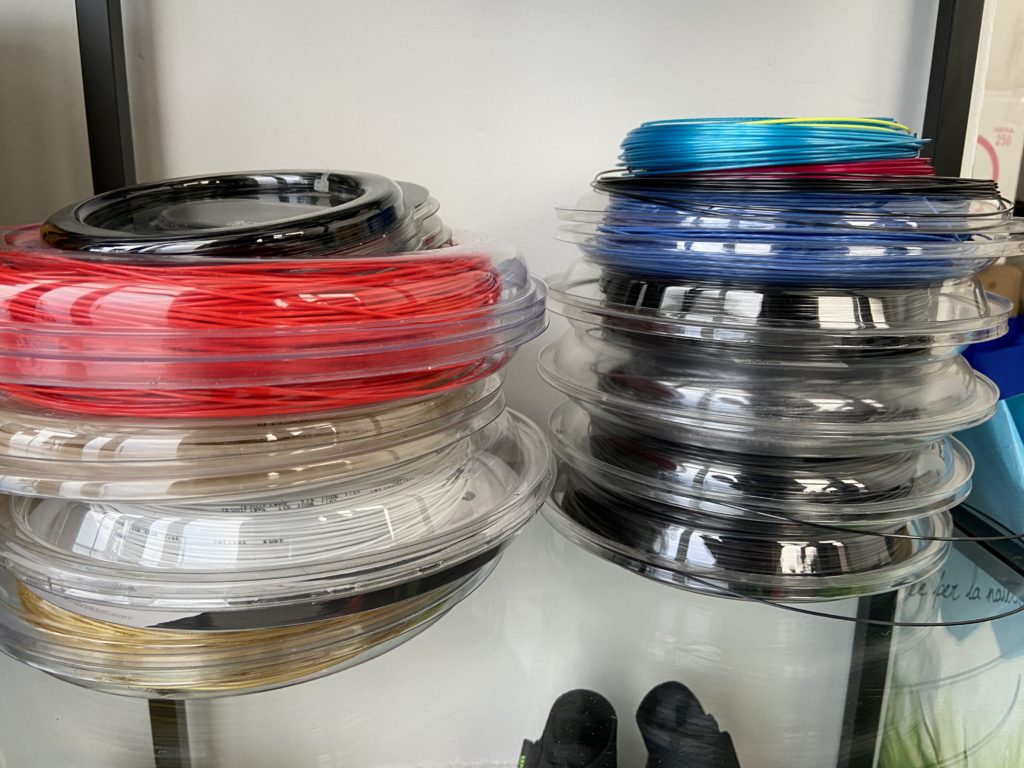
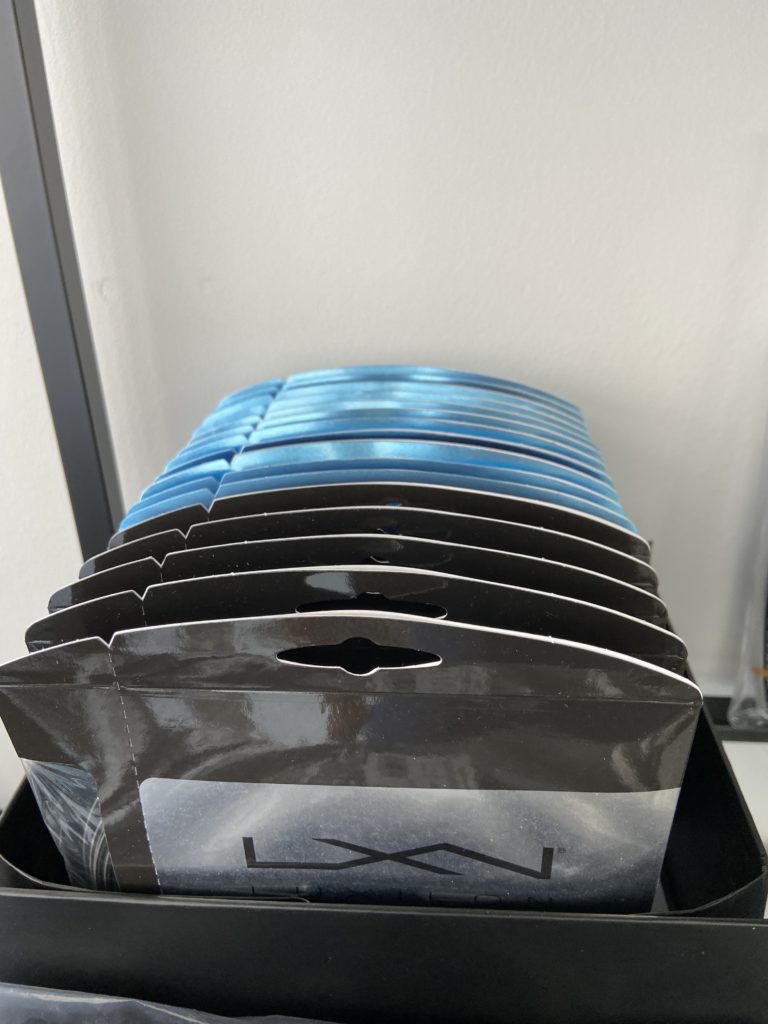

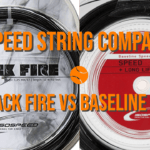








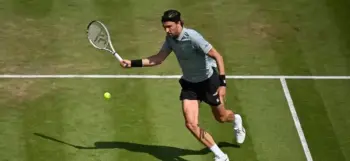
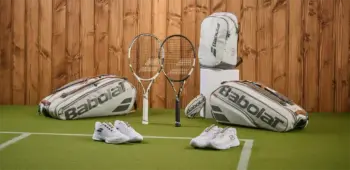



What I would like to hear about is the long term play with various strings. Many of the reviews I see talk about using a new set for 4-7 hours, then they are apparently spent and not suitable for play, which is not a realistic use for an amateur like me. I would estimate that I would consider changing strings after about 30-40 hours play (3-4 months at twice a week play). Can you comment on string performance when the set is well bedded in please.
Additionally, I heard that in hybrid sets, the mains will give the principal characteristic of the set-up and the crosses just secondary features. Would it be possible to compare a hybrid set-up both ways round (with the same racket) to see whether the difference is significant? I am currently using the Wilson Duo Feel hybrid (Luxilon Element poly in the mains and NXT multi in the crosses). I find it very good with Element in the mains at the moment, but the only annoying thing is the twang you get with poly strings, so I am thinking of trying NXT in the mains next time. I’d be very interested in your thoughts on both points. Thanks.
Another sort of hybrid variant is to make a 2 piece stringing with the same type of string and the same tension on mains and crosses. The mains will then have a lower nominal tension because the string are longer and they will act as a softer string. The tension will not even out between mains and crosses like on a one piece stringing. A side effect is that there seems to be less resonance in the string bed this way and a dampener is not needed. At least on the racquets I tried with so far.
Tennislion, I had similar questions a while ago, so I will tell you about my experience. It depends on your level and style of play (hard hitters break strings more often), obviously how much you play, the strings you use (even among poly, some last longer), gauge (thinner breaks easier), and tension (higher breaks easier). I string my Babolat Pure Aero Tour with Solinco Hyper-G 125 mm at 50/48 pounds. A stringer recommended me this combination, because you get more control from the higher tension in the mains, while the lower tension in the crosses makes the setup friendlier to the arm. It is supposed to give you a bit of extra spin. I play 2-3 times a week, USTC level 5 or so, hit the ball quite hard with lots of top spin. I don’t like the feeling of the fresh strings, but after 2-3 sessions they settle in nicely. After about 2 months, the strings start to move, some scratches become apparent, and overall the strings have a harsh, dead feeling. And Hyper-G is a quite long lasting string; RPM Blast or Luxilon AluPower start dying after about one month; I broke them even after 3 weeks.